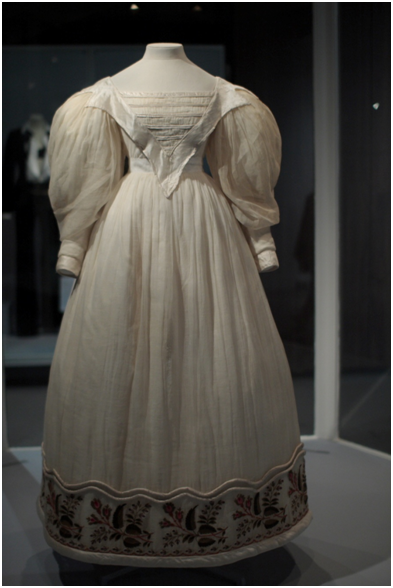After all the work and effort has been put into cutting out and sewing your new dress or skirt, the final part of the sewing process is to hem your garment. This is a crucial stage as it finishes your piece. Don’t be tempted to rush it, and be sure to choose the best hemming method for the material used.
Use this handy guide to get to know the basic steps involved in hemming a skirt or dress.
1. Gather the equipment and items needed
These generally include thread that matches the fabric used, pins, a sewing machine with blind stitch hem and presser feet if you won’t be stitching by hand, suitable scissors, dressmaker’s chalk, an iron and an ironing board.
2. Determine the length of the finished garment
How long you want the skirt or dress to be is an individual choice, so you can simply add around 5 cms/2 inches to that figure. It is usually wise to have someone else help with this measuring.
3. Mark and cut to length
Use the chalk to draw a clear line at the correct length using a tape measure or hem gauge to make sure you cut evenly.
4. Fold and iron. step 1
Make a 1.27 cm/1/2-inch fold in the direction of the inside of the garment, use the pins to hold it, and the iron to press the seam, or use an overlocker instead. Remove the pins.
5. Fold and iron, step 2
This fold should be 3.81 cms/1.5 inches, held with more pins and pressed flat with the iron as last time, but for this step, the pins should be left in place.
6. Machine finishing for lightweight materials
Use the sewing machine when working with light, thin and soft dress making fabrics from reliable sources such as http://www.quality-fabrics.co.uk/dressmaking-fabrics-14-c.asp. Simply create a neat and secure hem around half an inch/1.27 cm from the bottom.
7. Machine or hand finishing for heavier materials
Items made from heavier or formal fabrics suit blind-stitched hems. With your machine, simply use the correct foot and fold your fabric twice, first at the place to be stitched, and the second around a quarter inch from the edge. Garments that fall to the knee usually look better with hand-sewn, blind-stitched hems.
8. A final press
Run the iron firmly over the hem to complete the process.

